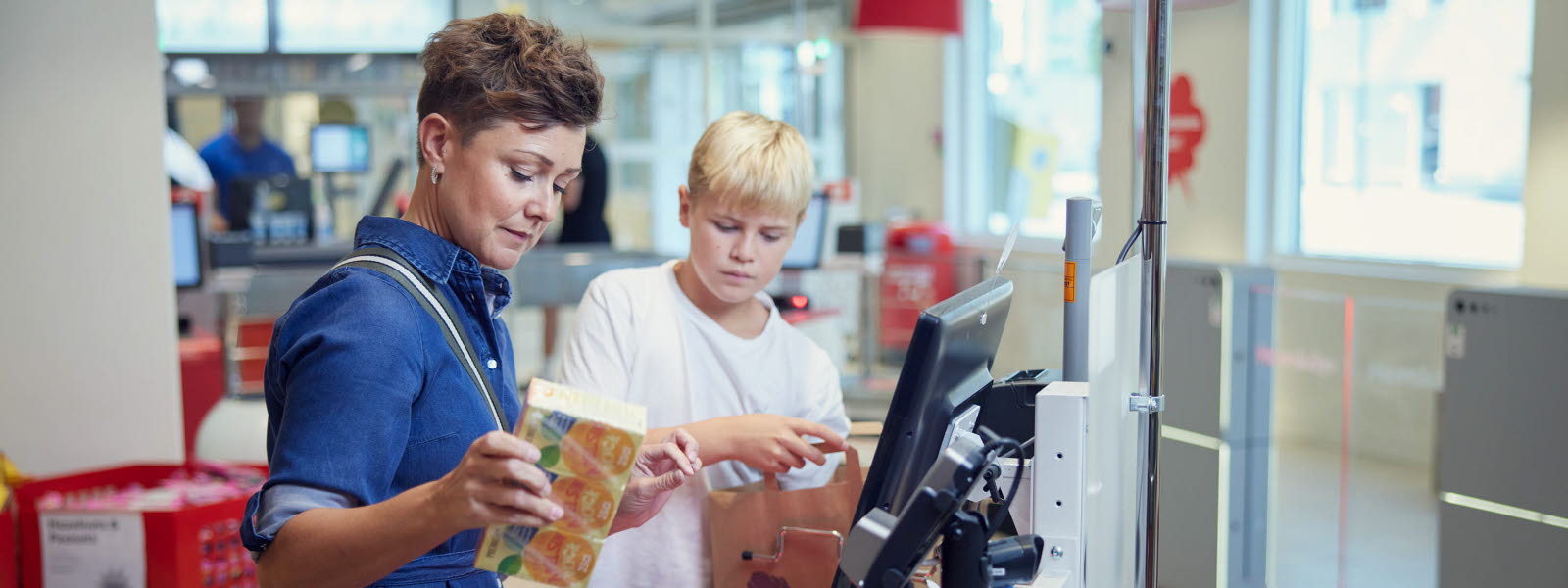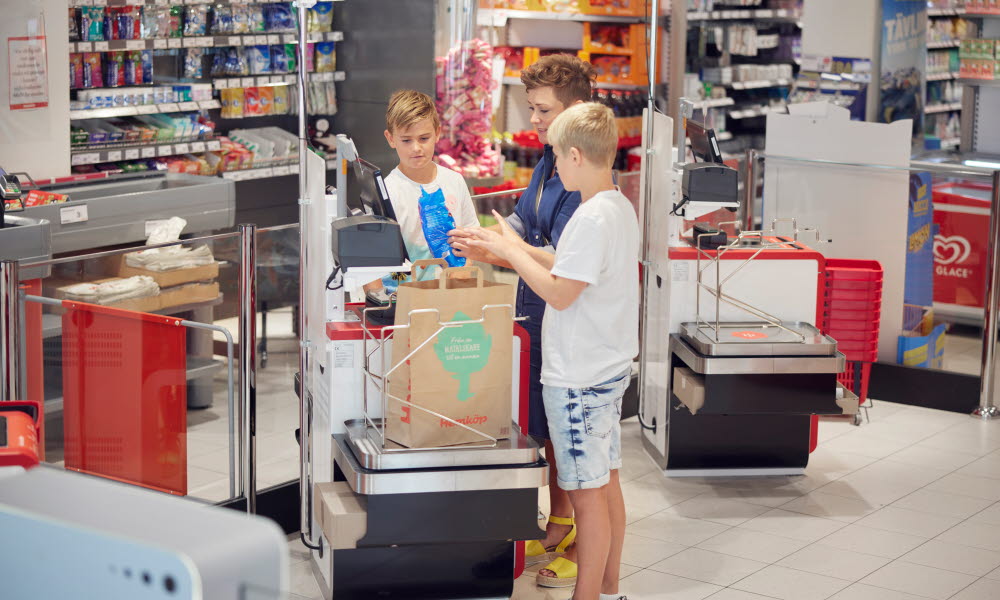
Five trends: What retail will look like after the pandemic
Stronger in-store experiences, more data and a need for new alliances to make the offer complete. These will be some of the biggest trends in retail as the world leaves the pandemic behind, according to ITAB.
Time to consume: 4 min
5 July 2021
The pandemic has taken its toll on retail businesses across the world, sweeping aside those that had been struggling to keep their heads above water and leaving only the strong and agile behind. What we are left with is a high street that will recover over time, but on which there will probably be fewer and better shops. What will they have in common? ITAB lists five central post-pandemic retail trends:
1. Strong experiences: the way forward
The temptations of the online world are such that to combat it, owners of physical stores have to sweat their estates like never before, providing telling reasons for shoppers to head across their thresholds. A strong retail experience works to win shoppers’ hearts and minds. What will make the difference is to offer the customers something extra in terms of what they can see, hear, feel, smell or taste.
The supermarket chain Morrisons has launched a kind of street food concept to sell its warm lunches in a more exciting framing. In Sweden, Coop stands proud in this respect. Its stores may be small but including a bar/café as part of the mix transforms what might otherwise be an everyday experience into something akin to a destination. Couple this with app-based payments and a store layout where the shopper is gently guided by screens, and Coop boast stores that are a world removed from what might be expected of a standard convenience store.
There is more to experience than well-displayed products in a winning environment. Making the various elements work together, from cash-taking to catering, is at the heart of difference.
2. Data gets physical
Physical stores need to improve in an area where online shopping is still superior: smooth and tailored experiences. With the data that many stores now have access to, this is becoming possible at a whole new level compared to what used to be the case only a few years ago. Nike, for instance, gives customers the opportunity to use an app to pre-book products in a store, or to have selections sent to a fitting room. Later during the shopping journey, data related to customers’ in-store behaviour can be used as the basis for tailored online recommendations.
There will be an increasing convergence of digital and physical in retail. “Phygital” will become the norm for most retail sectors.
3. Smooth payments
Pre-pandemic, the part of any shopping mission most likely to cause annoyance was the business of checking out. This has not changed, online or in the real world. But what has altered are the variations of staff-free checkouts, app-based payment systems and smoother manned checkouts. Whether it’s Morrisons with its seamless manned checkouts, Amazon’s “Just Walk Out” stores or Monoprix and Albert Heijn with their kiosk-like unmanned stores, payment is becoming more straightforward. Different stores and types of purchases will lend themselves more or less well to different payment options. But regardless of whether stores provide improved manned checkouts or checkout-free store environments, speed, ease and greater freedom will be crucial.
4. New colleague roles
Reduced checkout effort means better service and relationship-building across the rest of the store, as well as more enticing shops. Personalisation does not have to be solely about data. Above all, it is a matter of personal interaction. Here, physical stores potentially have the upper hand over online retailers if they can provide data-backed personal experiences. BoConcept, the cross-border furniture retailer, is a case in point. In Dortmund, and elsewhere, it has installed discreet screens in the store that enable colleagues to offer positive advice and to steer conversations with the customer around what might work when creating a dream home. Data offers the possibility to turn doers into advisors in almost any retail environment: better for colleagues and shoppers.
5. Alliances will become more common
Future retailers won’t be able to handle all operational challenges alone. Product, marketing, store environments and cloud-based data, among other things, will require specialist know-how as we move forward. No organisation can do all of this effectively: cooperation and partnership will be central. In London, “the floor room”, a newly opened format from Carpetright, shows the benefits of building together. Working with ITAB on the in-store hard and software, store design and the customer journey, something entirely new, sector-leading and interesting for flooring shoppers has been created. Cooperation means a greater shopping experience and engagement, as well as improved sales.
Article written by
Andréas Elgaard
CEO & President ITAB


